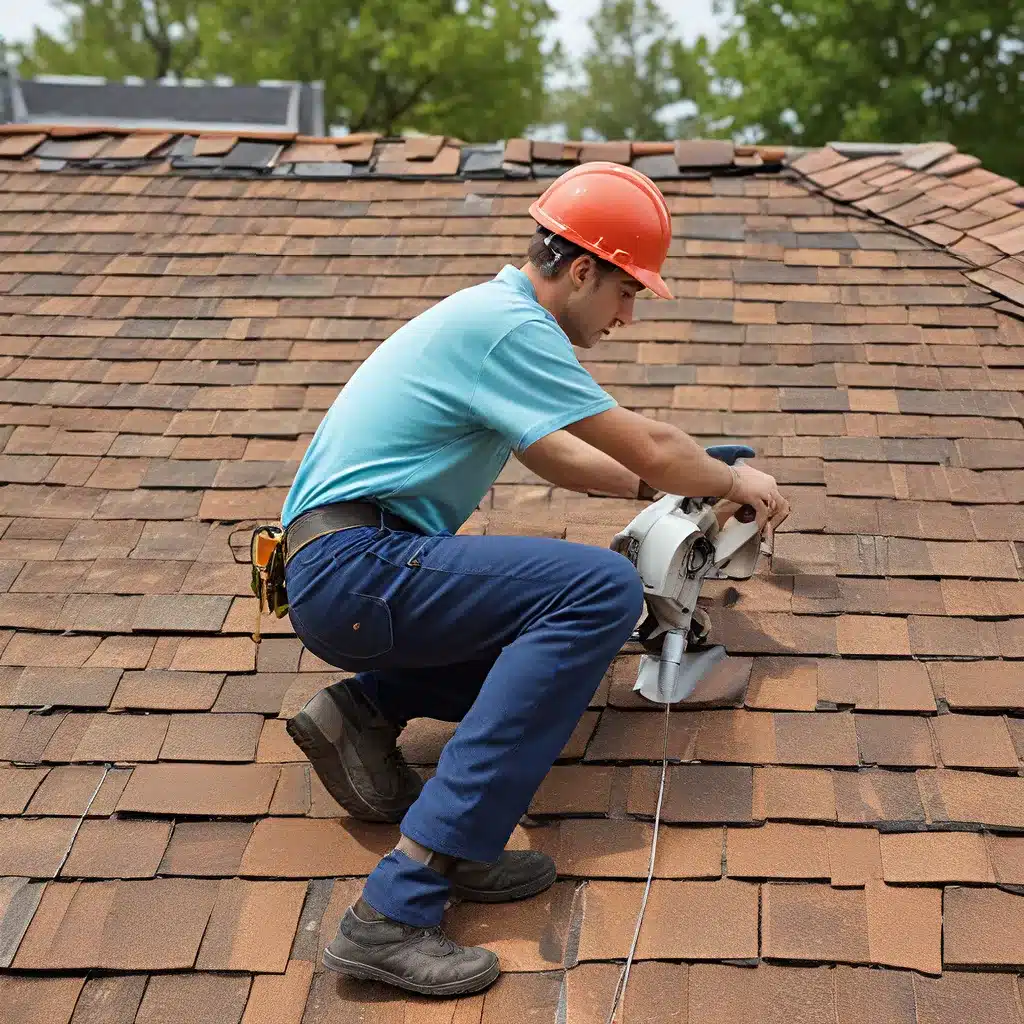
As a fellow Floridian, I know the challenges of navigating the real estate market, especially when it comes to the condition of a home’s roof. It’s a critical factor that can make or break a deal, and it’s something I’ve had to grapple with myself.
Recently, I was in a similar situation where I was considering selling my 19-year-old Florida home with a roof that was in relatively good shape. I found myself weighing the pros and cons of two options: selling the home as-is or replacing the roof before listing it.
Selling As-Is: The Risks and Challenges
The idea of selling the home as-is was appealing on the surface. It would save me the time and expense of a roof replacement. However, I soon realized that this approach could significantly complicate the sale process.
Many prospective buyers have a hard time qualifying for a mortgage on a property with an older roof, even if it’s in decent condition. They often worry about the potential for future leaks, damage, and costly repairs. This can make it challenging to find a buyer willing to take on the risk, or they may demand a significant discount to compensate for the roof’s condition.
Replacing the Roof: Weighing the Costs and Benefits
The other option I considered was to go ahead and replace the roof before listing the home. This would undoubtedly come with a price tag, but it could pay off in the long run.
The cost of a new roof in my area was around $13,000. While that’s not a small investment, it could make the home more attractive to buyers and potentially allow me to list it at a higher price.
The way I saw it, there were a few key benefits to this approach:
-
Easier Selling Process: With a brand-new roof, prospective buyers would be more likely to qualify for a mortgage, making the sale process smoother and less complicated.
-
Higher Selling Price: By addressing the roof issue upfront, I might be able to recoup the cost of the replacement and even get a bit more for the home, potentially offsetting the initial expense.
-
Increased Buyer Confidence: Knowing that the roof is in top-notch condition can give buyers peace of mind and make them more confident in their investment.
Of course, the decision ultimately came down to weighing the financial and practical considerations. It was a tough call, but in the end, I decided that the potential benefits of replacing the roof outweighed the upfront cost.
Making the Tough Call
As I mulled over my options, I couldn’t help but feel a bit of trepidation about the prospect of spending $13,000 on a new roof. After all, that’s a sizable chunk of change, and it’s not exactly the kind of expense I was eager to take on.
But then I started to really think about the bigger picture. I knew that a well-maintained roof was crucial for the long-term value and integrity of the home. And if I wanted to get top dollar for the property, I couldn’t afford to ignore this critical component.
I also didn’t want to risk a scenario where the buyer discovered issues with the roof after the sale was complete. That kind of post-closing headache would be a nightmare for both parties, and it could seriously jeopardize the entire transaction.
So, after much deliberation, I ultimately decided to bite the bullet and replace the roof. It was a tough call, but I knew it was the right thing to do. And you know what? I’m glad I did it.
The Payoff: A Smoother Selling Process and a Happier Buyer
Once the new roof was in place, the difference was palpable. The home looked fresh, well-maintained, and so much more appealing to prospective buyers. And sure enough, the sale process went a lot more smoothly.
Buyers were able to qualify for their mortgages without any hiccups, and I even managed to list the home at a slightly higher price to help offset the cost of the roof replacement. It was a win-win all around, and I felt great knowing that I had done right by the property and the people who would be calling it home next.
Of course, I know that not every roof replacement story has a happy ending. There’s always the possibility of unexpected complications or unforeseen expenses. But in my case, the decision to tackle the roof issue head-on paid off in spades.
The Importance of Proactive Maintenance
Looking back on the experience, I can’t help but wonder why more homeowners don’t take a proactive approach to maintaining their roofs. After all, it’s one of the most critical components of a home, and neglecting it can lead to a whole host of problems down the line.
Regular inspections, timely repairs, and proactive maintenance can go a long way in preserving the integrity of your roof and protecting your investment. And when it comes time to sell, you’ll be glad you took the time to keep your home’s crowning glory in tip-top shape.
So, if you’re in a similar situation, I’d encourage you to really think about the long-term implications of your decision. Sure, it might hurt to shell out the cash for a new roof, but trust me, it’s a lot better than dealing with the headaches and hassles that can come from neglecting this critical component of your home.
At the end of the day, a well-maintained roof isn’t just a selling point – it’s a testament to the care and attention you’ve given to your property. And that kind of investment is something that’s sure to pay dividends, both in terms of your home’s value and your peace of mind.